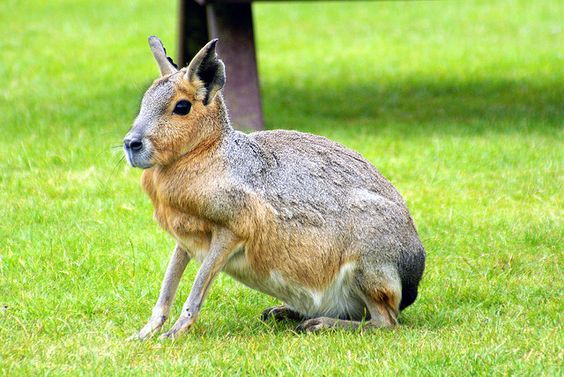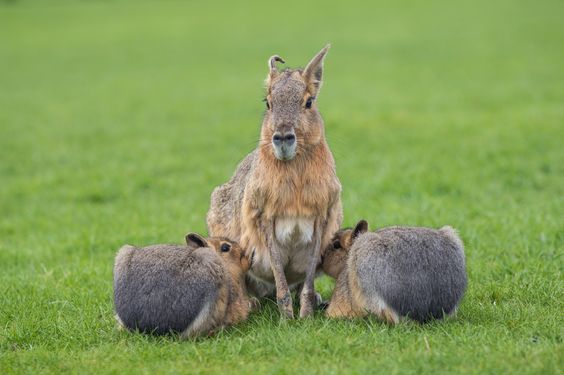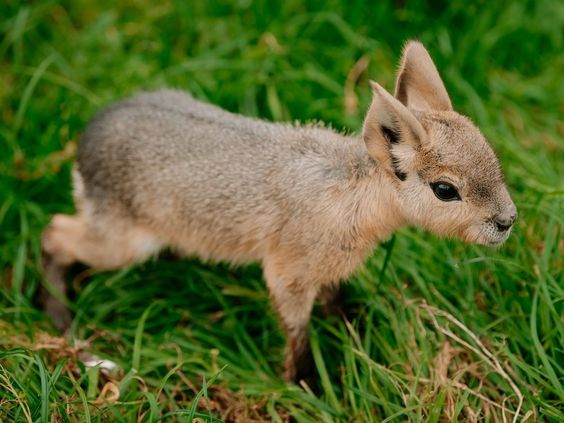Patagonian Mara – Grassland Dwelling Rodents
Do you like bunny and deer? This time we will discuss one animal that similar like them, namely the Patagonian mara.
Patagonian mara (Dolichotis Patagonum) is an unusual-looking species of large rodent. They have long ears like rabbit and a body that resembles that of a small deer. Curious about this animal? Let’s follow the article!
Habitat

Patagonian mara are endemic only to Patagonia, Argentina. They live in habitats with shrub cover, but they also inhabit overgrazed and barren soils. In northwestern Argentina, they primarily inhabit lowland habitats such as forest and creosote bush. Maras prefer sandy and low shrub habitats in Valdez Peninsula. They have adapted well to a cursorily lifestyle on the open plains and steppe.
Characteristics
The Patagonian Mara is an unusual-looking species of large rodent, with long ears like rabbit and a body that resembles like a small deer. Even so, this animal is actually a relative of mice. Maras have long and strong hind legs, which give them the ability to quickly escape predators.

The forelegs are shorter, with four sharp claws that help the species dig burrows. Has a body weight of 8 -16 kg, with a body length of 69 – 75 cm! The size of the male is larger than the female. This animal has a life span of up to 14 years.
Patagonian Mara Diet
Patagonian maras are herbivores, graminivores, and frugivores. The diet of these rodents consists entirely of plants, mostly – Pappophorum grass, leaves, seeds, grains, nuts, fruit and flowers. They supplement their diet with a wide variety of cacti, fruits, and herbs.

Population Threats
The overall population of this species is currently facing serious decline due to poaching. Some local populations in Buenos Aires Province have gone extinct because of continuous hunting for their skin and habitat clearance, as a result of agricultural development.
According to the IUCN Red List, this animal is classified as near threatened (NT). Now, are you ready to get involved in animal welfare with Bali Safari Park? See more about Bali Safari animals during you stay at Mara River Safari Lodge!




